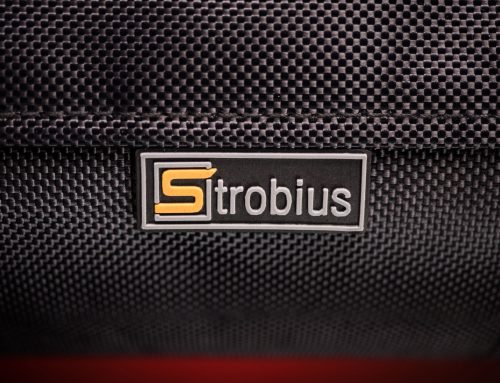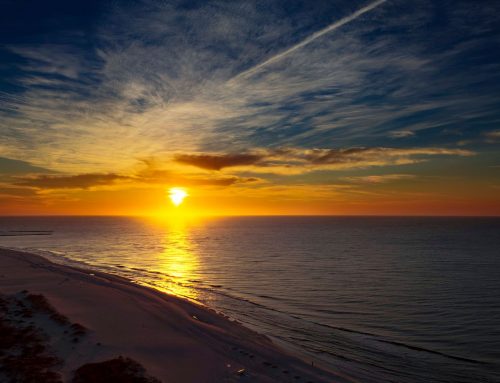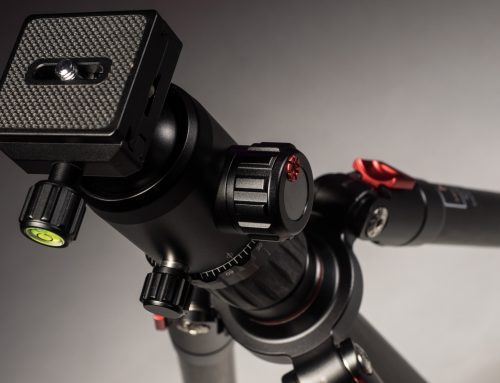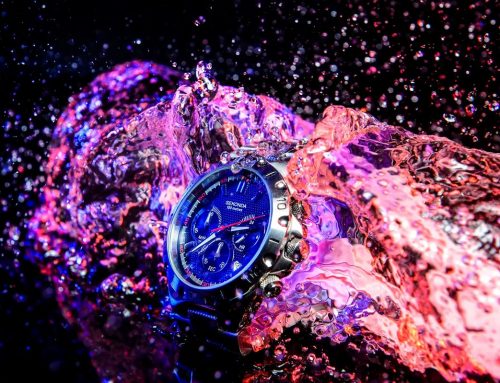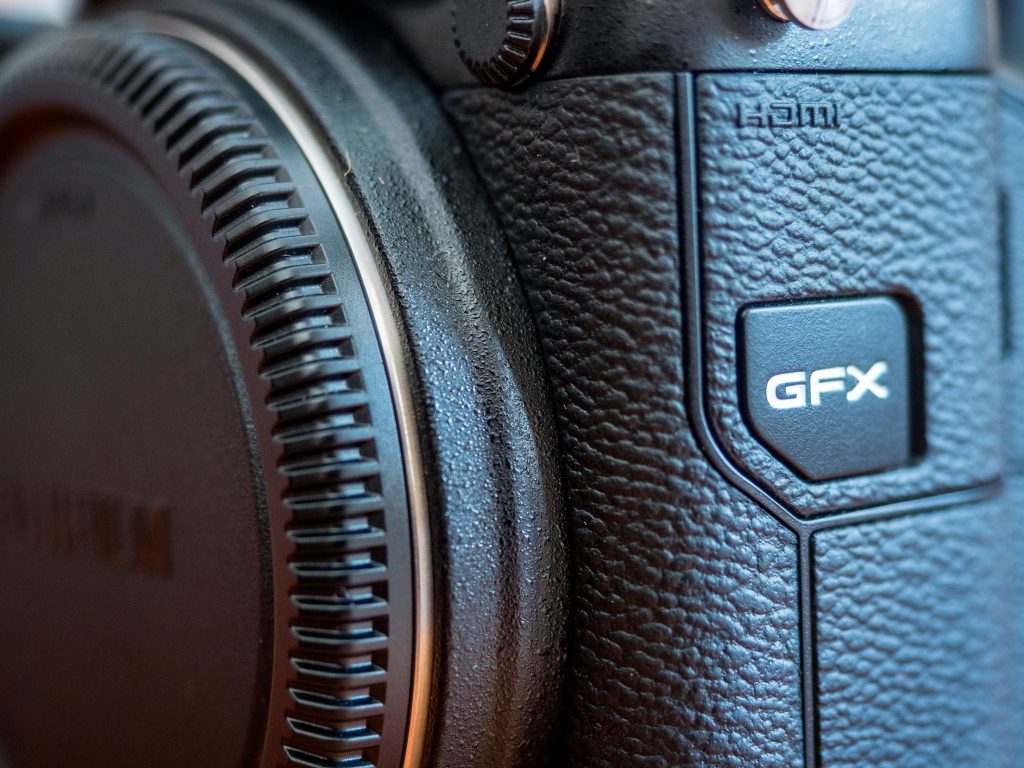
I’ve contemplated medium format for a good few years now. I disliked it in my film days, because it was just far too cumbersome. I possibly didn’t persevere for long enough, but should you really have to adapt yourself to become accustomed to a tool of the trade? I much prefer when a tool can adapt to my particular style of shooting, and meet my needs without unnecessary drama.
So, a couple of years ago at the UK Photography Show in Birmingham (March 2016), I revisited the idea of using medium format, and wondered how big a difference the digital revolution had made. I visited the three main players at the time, and it wasn’t a great experience. Far too bulky, too slow, too simplistic or too complicated. I came away feeling rather disillusioned and bitterly disappointed.
It wasn’t as if I had a need for medium format full time. My Olympus kit caters for my every need, and you’re going to have to pry it from my cold dead fingers. But lately, I’ve had clients with very specific needs, that would have benefited from a medium format image. Either due to print needs for exhibitions, or ultra high end prints etc. Or their image needed a greater depth of dynamic range. Whichever way I looked at it, I knew there were clients of mine that would benefit. And whilst there are high resolution full frame DSLRs available, having moved from full frame to Olympus, I know there isn’t enough difference in image quality to make it viable for the investment.
However, Olympus and a medium format system? That’s got to be the way forward as far as I’m concerned. Well, certainly for my line of work, anyway.
And then something interesting happened. September 2016, Fujifilm (and I must confess, I still refer to them as Fuji, but that’s a throwback to my film days. Sorry Richard!), announced the Fujifilm GFX 50s. And that kinda grabbed my attention. A mirrorless medium format that looks the business, rather than a compact. The main attraction of the Olympus system is the fact it’s mirrorless, and the rack of advantages it brings. Could the Fuji, I mean Fujifilm, have all those advantages too? Well, it can’t really be that small, surely. I mean, it’s medium format, so the lenses are going to be mahoosiv! And it’s bound to be heavy, and it’ll be the whole film experience all over again. So, I managed to do a great job of convincing myself it was a likely none starter. Whew!
So the Photography Show came around again in March 2017. And Fujifilm (see, I remembered!) were about to make me look like a bit of a berk! After wandering around the place, I’d seen all I wanted to see on the first day, and had my meetings with those I needed to talk to on the second day. So it was the last few hours as I wandered about, wondering if I had missed anything, like you do. And I found myself stood in front of the Fujifilm (definitely getting the hang of this) stand. And I was staring at the GFX, thinking to myself, “Gee, their X line of cameras have put on weight.” And then I overheard the chap talking about the benefits of medium format, and I realised what I was looking at.
I picked it up, played with it for a bit, and put it down. Thanked the chap and wandered off to get a coffee and settle my nerves.
It seemed to fit the bill, and would definitely fit in with the way I work. So what now?
I started looking carefully at my client base, evaluating who would benefit, and who really would never need the use of medium format. And then I did my usual thing, and procrastinated, as you do.
That’s when Sarah, of Cambrian Photography stepped in. She suggested (and bear in mind that Sarah can be very persuasive. She has cake, you know) that I came through for a GFX experience day with Richard Wan of Fujifilm, and Wayne John, a long standing fashion photographer I have a lot of respect for. Sarah damn well knew that spending a day with the camera in hand would seal my fate. I only took a half dozen images with the camera, as I knew I’d be able to tell if it was for me.
There were a number of things I took from that day. Two new, really good friends in Richard and Wayne, and an absolute conviction the GFX was the ideal medium format tool for me.
Except I still procrastinated for a further six months, until Sarah and Cambrian Photography hosted their spring show in May 2018. I really didn’t stand a chance. I went back a week later and picked it up, and took it back to my parents house in Holywell to charge the batteries. I intended to have a flick through the manual as they charged (140 minutes from flat if you’re interested), but got distracted. Battery charged and with my brother on his motorcycle leading the way, we headed to Flint Castle to get a couple of shots, and see what it could do.
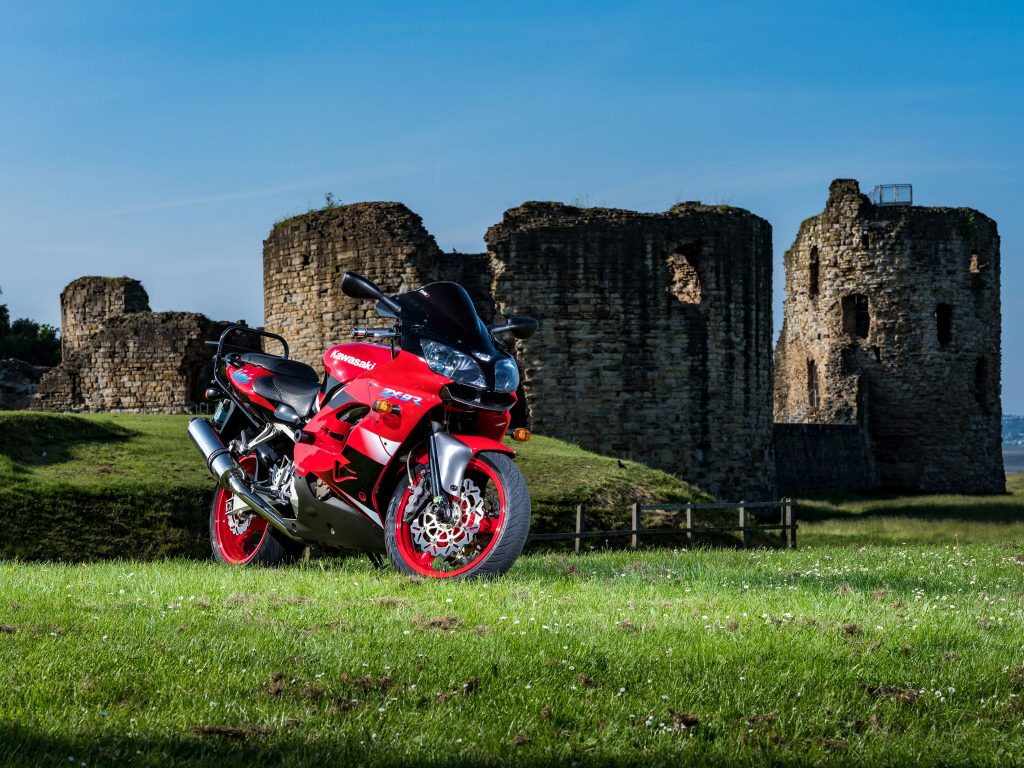
Now, the above image is a blend of three ISO bracketed exposures, which is my usual modus operandi for automotive imagery. I do so to get a better dynamic range and a clean image.
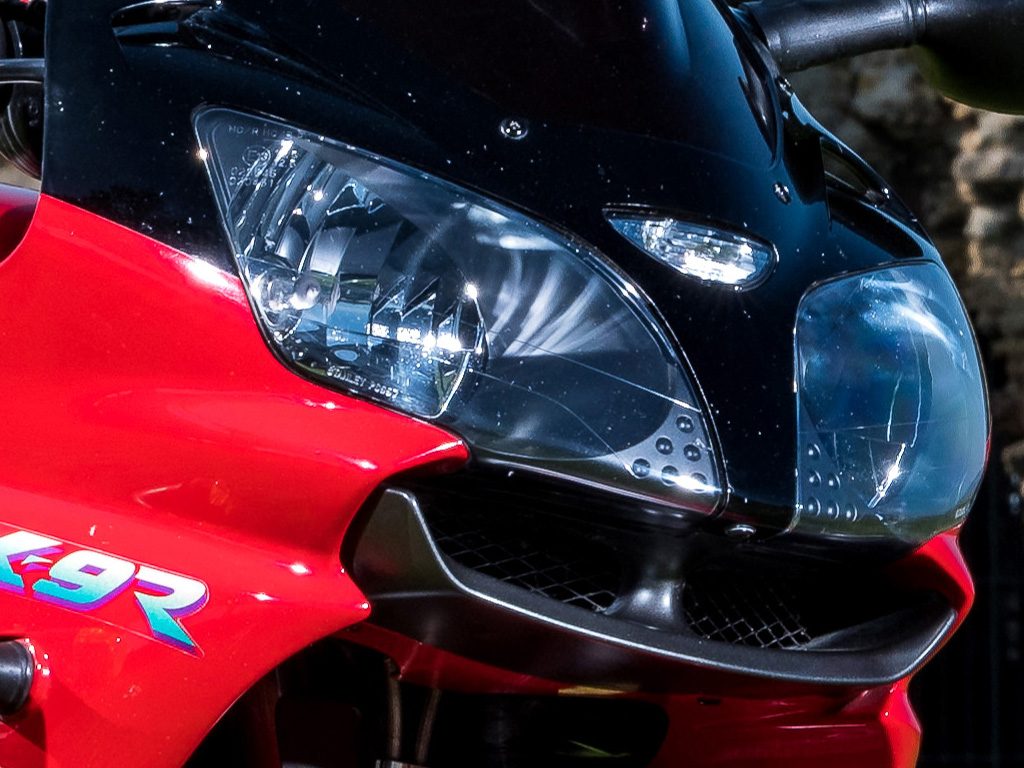
This is the 100% crop from the above image
I was perfectly happy with the result, until I looked at the very first raw image I took, which was the light test. It didn’t really look any different from my blended bracketed exposures. So I worked it up.
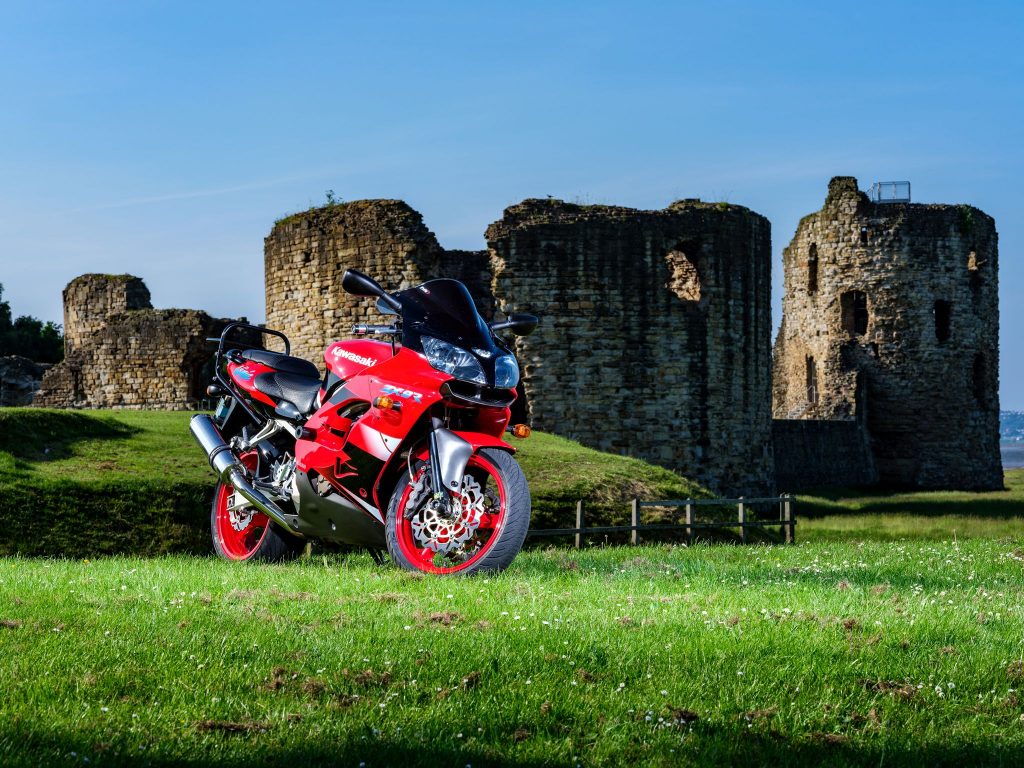
Hand on heart, I can’t really say that the bracketed image is any better than the single image. I needed to do a few more tests to make sure it wasn’t wishful thinking.
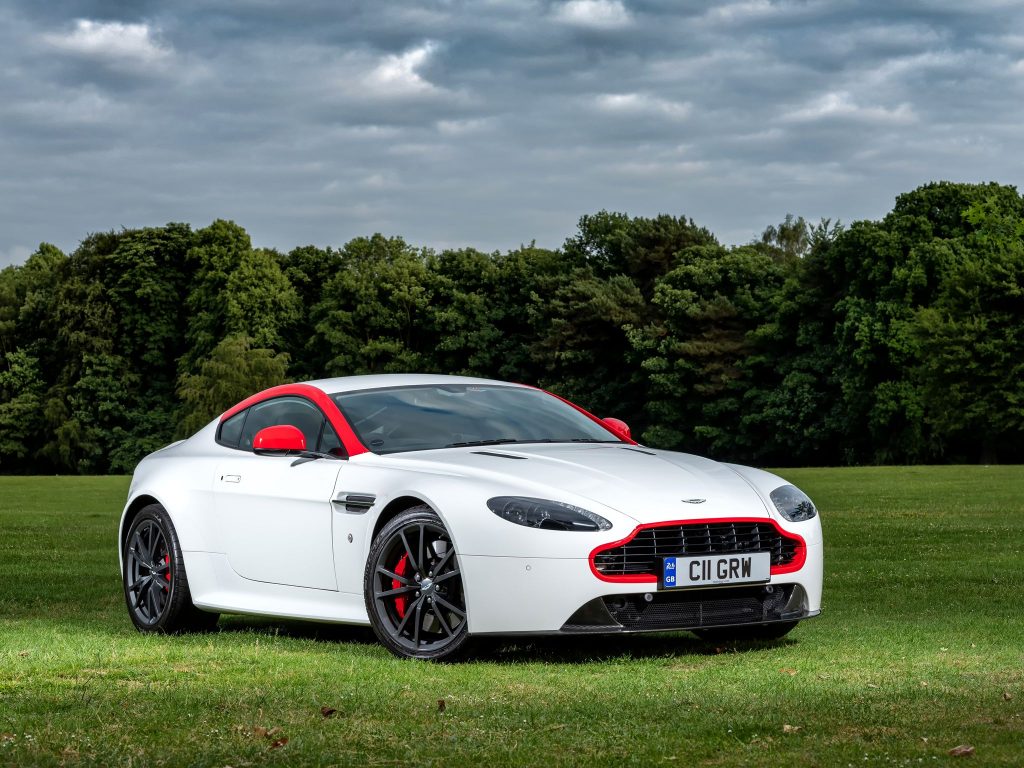
I did exactly the same thing again here. I worked up and blended the three bracketed ISO exposures, and then worked up a single frame. The above is the single frame, and I binned the HDR. There was no real difference. There was definitely enough dynamic range in a single frame for my preferred style.
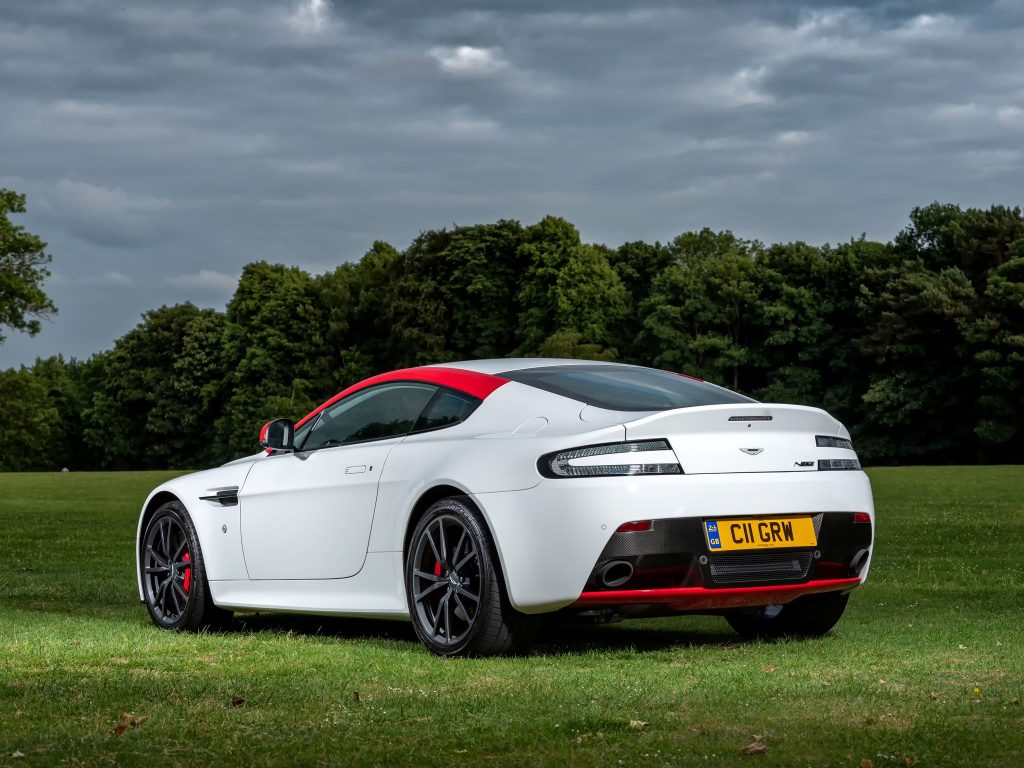
This was going to save a fair bit of time on the shoots, not to mention battery life on the Elinchrom location kit.
Okay, so the automotive stuff was definitely sorted. What next?
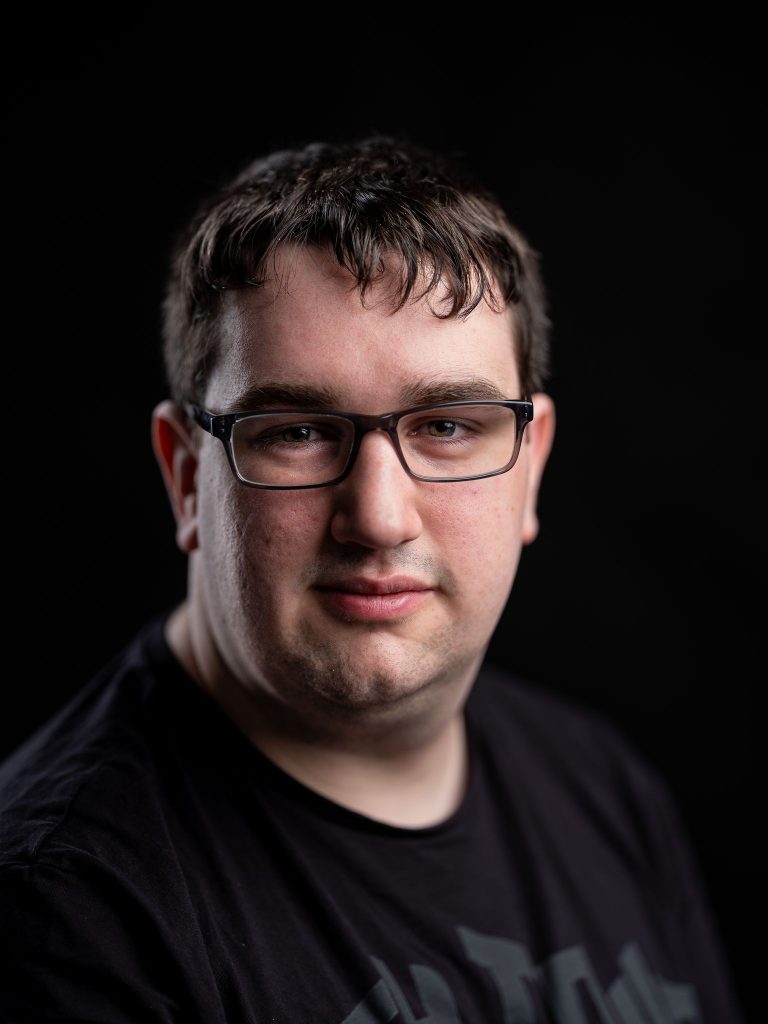
Meet Jonny Snowden. Eldest son of Helen, who is a Blackburn Uni student I’m mentoring. Jonny had been persuaded to come to the studio so Helen could work on her portrait technique. And after helping Helen set up her lights, I did a light test, or that’s what I told Jonny. (Sorry Jonny). Actually, I wanted to test the depth of field with the GFX and the 110mm f2 wide open. And it’s basically about an inch deep. The 110mm has become my favourite lens, as it’s ideal for the automotive work, along with a lot of other stuff.
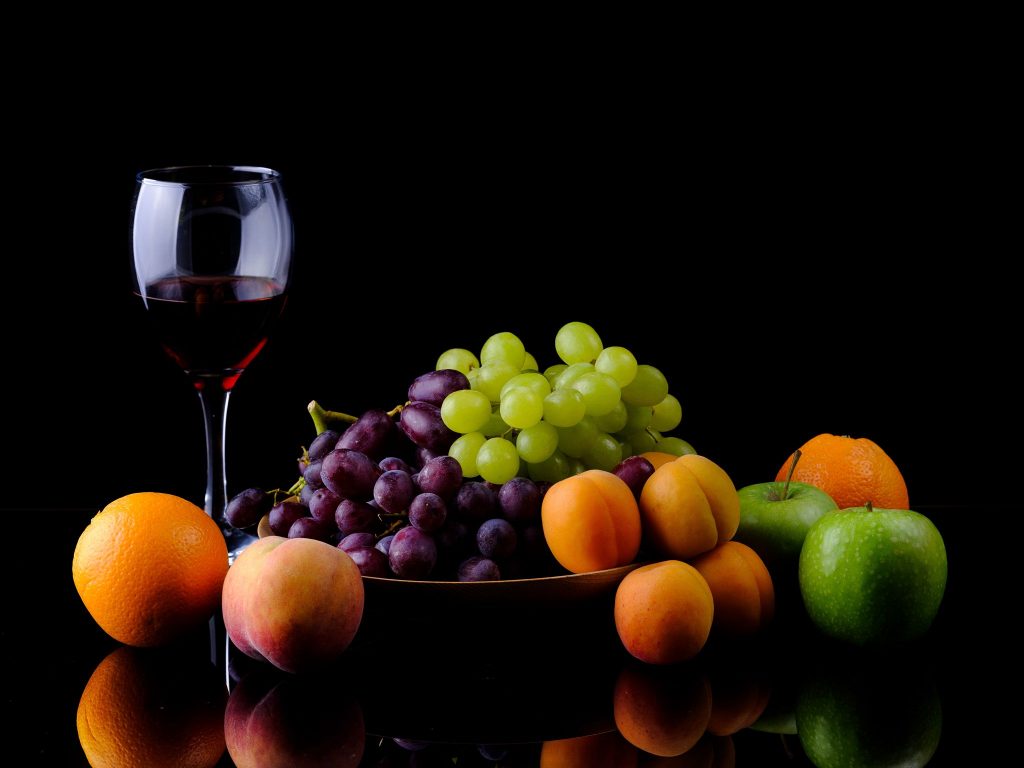
The depth of field did kinda worry me for some of the other stuff I do, but the above was shot at 1/80th sec ISO200 and f11, and no issues. Excellent!
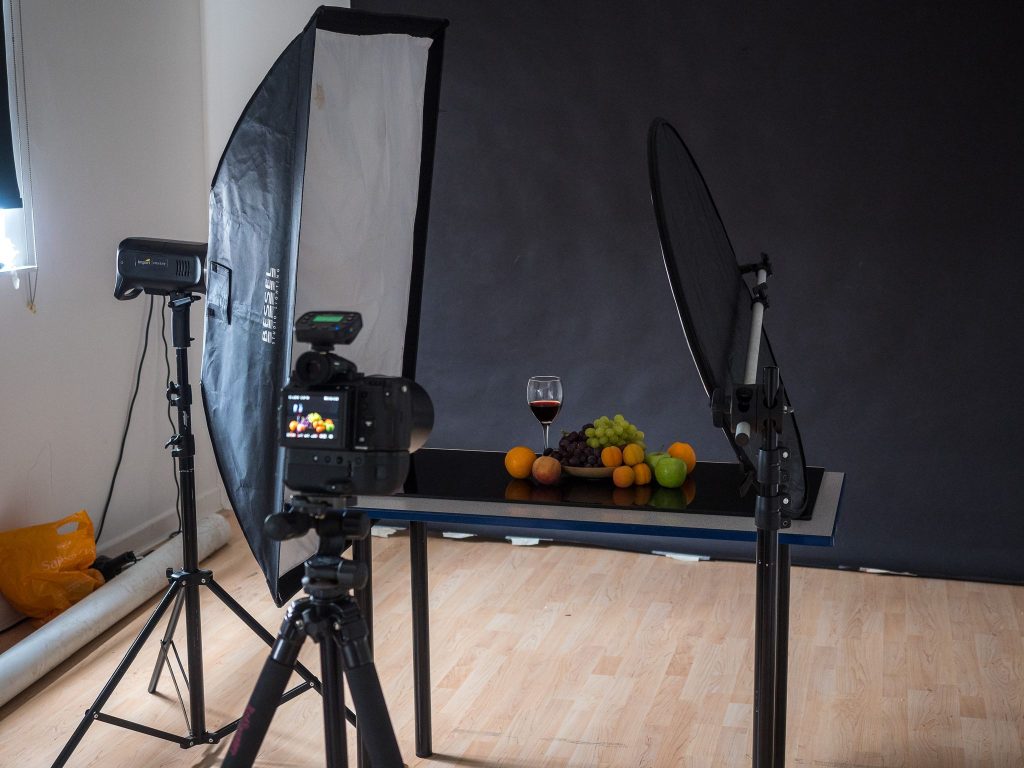
Just the BTS for the above. More to prove I occasionally remember to shoot a BTS image, rather than impart anything useful.
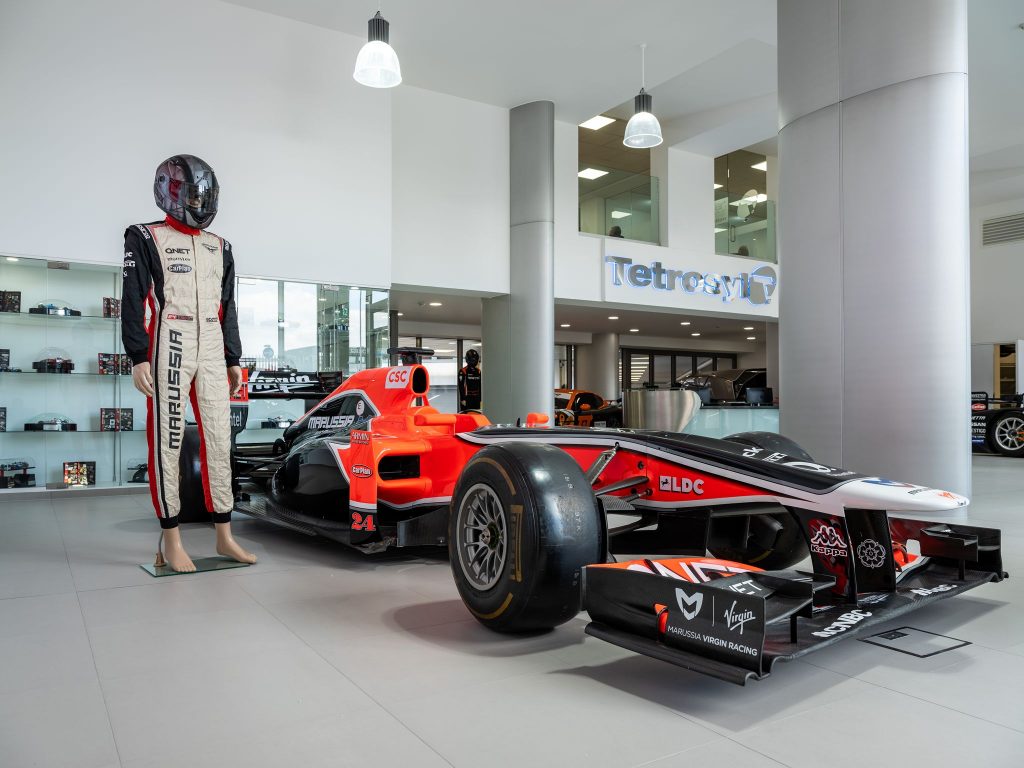
This is a HDR interior image for Tetrosyl. Five bracketed images, blended to taste. Right on the button.
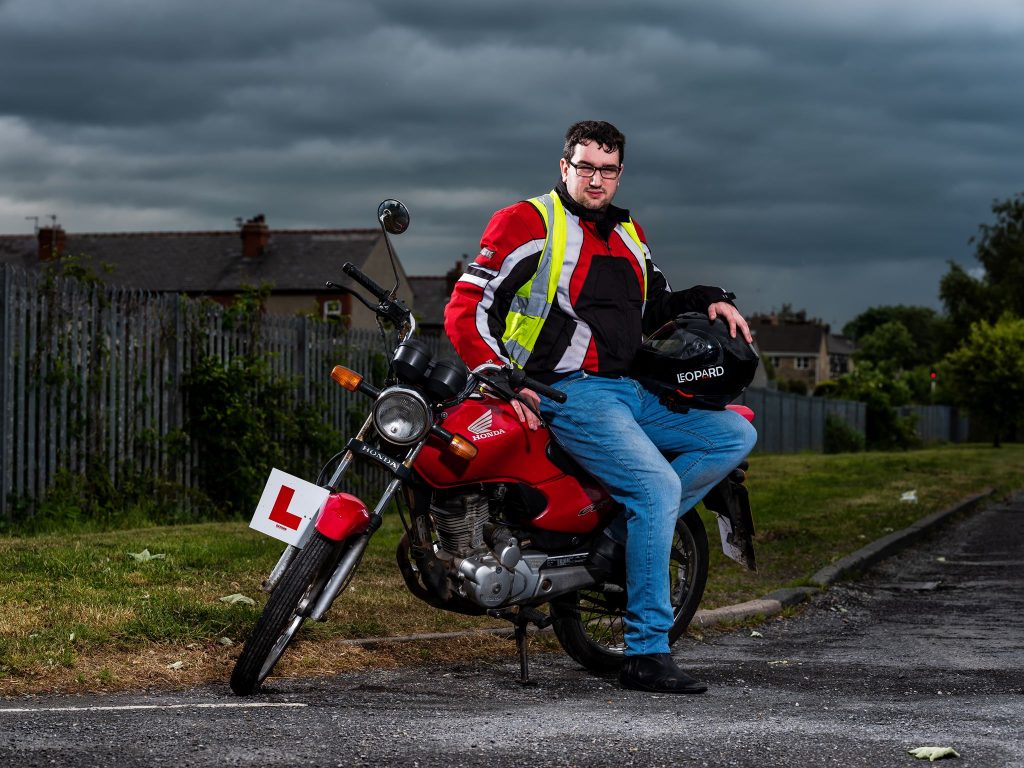
And to make it up to Jonny for plastering his face around social media, I shot his bike for him. Single frame, and a ton of dynamic range. The fact I can pull so much out of a single raw file will save me so much time in both shooting and post work.
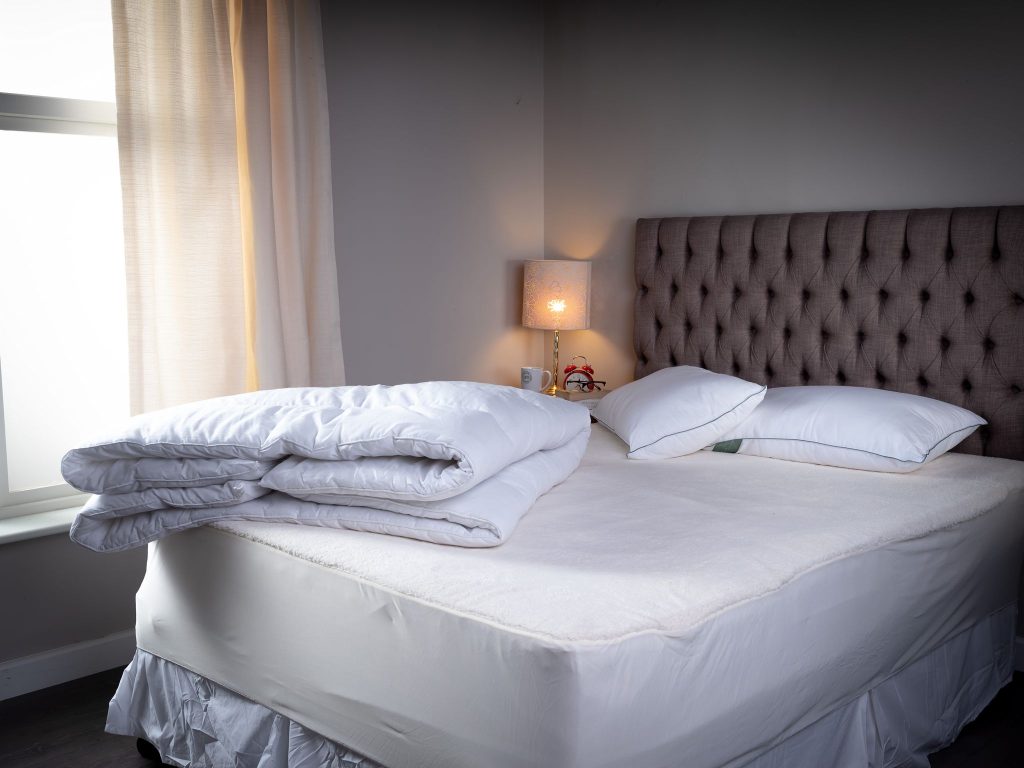
Room sets is another area I have clients that would benefit. They all exhibit at various exhibitions, and often need very large prints for their stands or banners. The clarity of the full resolution image is just incredible.
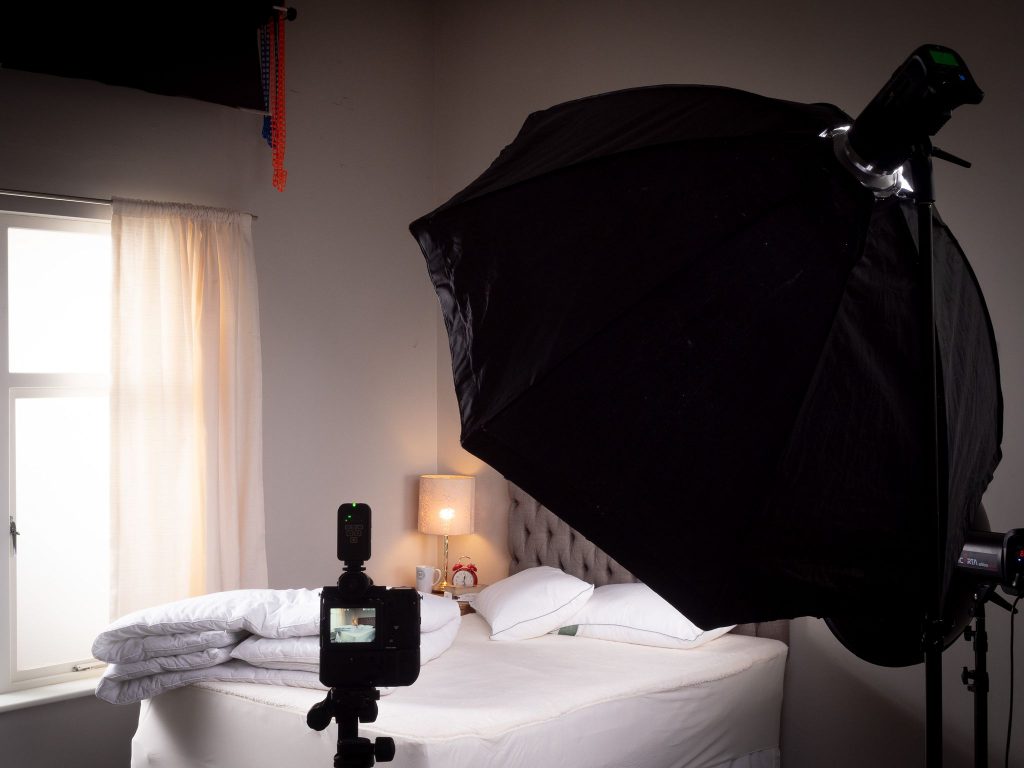
Yeah. BTS to show I was there. Well, sorta.
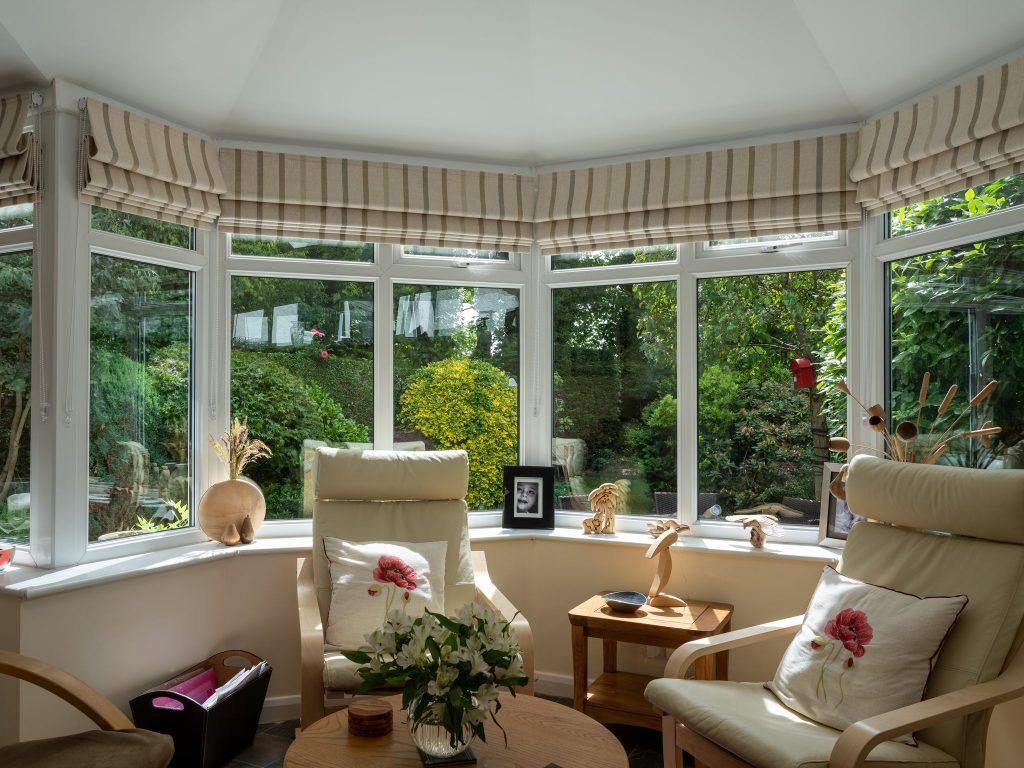
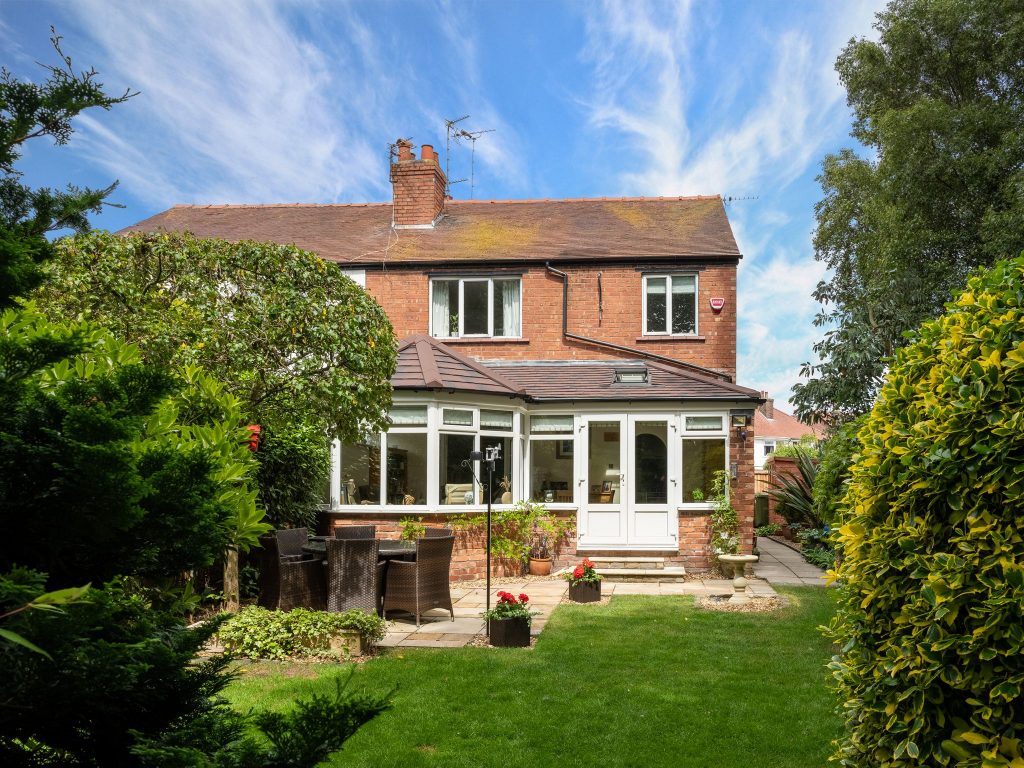
And then there’s the property sector. Now this was actually for a new client, who stated the images were for the website. I chose to use the GFX for my benefit, to see how well it performed with the usual challenges of mixed lighting, perspective etc. (I was using the 32-64mm f4 zoom). Two things came out of that shoot. My absolute belief the GFX could handle anything thrown at it, and a lot of new work from the client who loved his images. Win win!
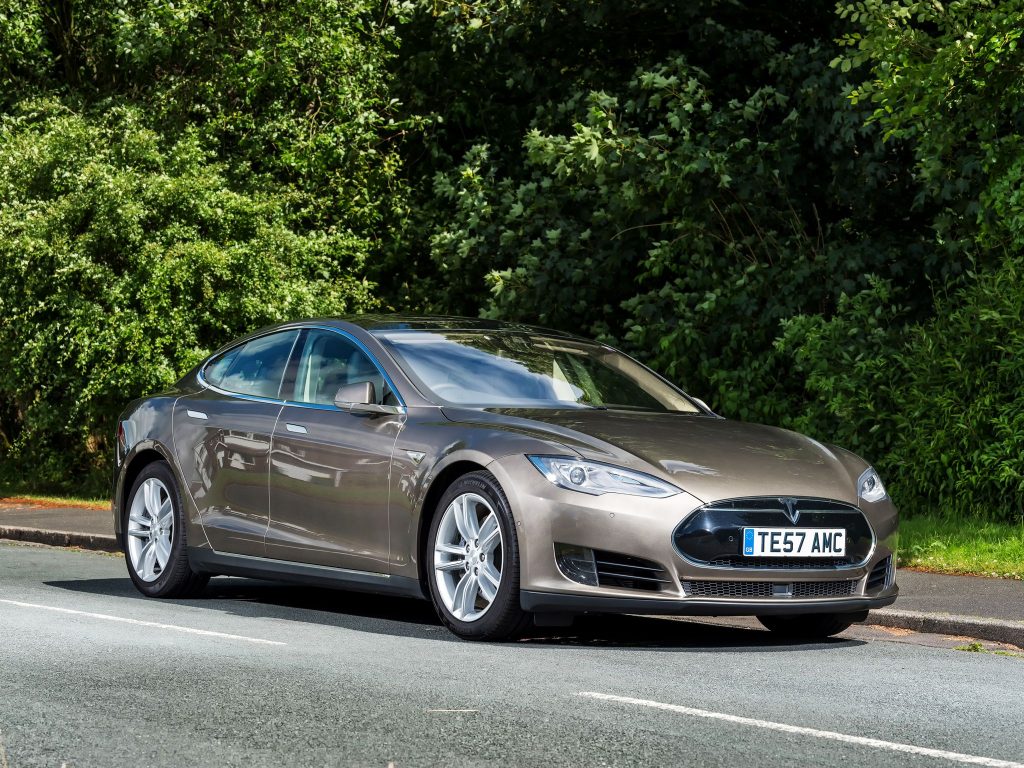
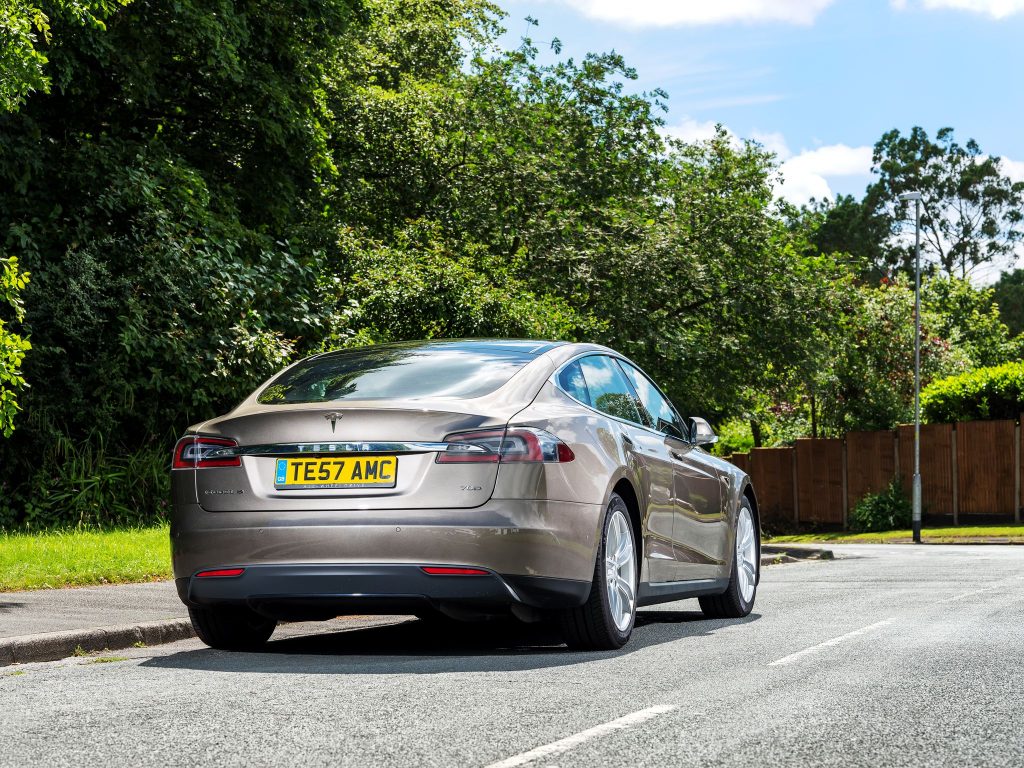
And these are the images from the Tesla shoot, which I did today (20th June 2018). My automotive workflow has become so simplified, it’s laughable.
So, do I have any reservations?
Nope. Not one. But then again, I’m not intending to use it for everything. Don’t get me wrong, I’m damned sure it’d do anything I need it to do. But why would I?, when most clients need imagery for their websites, or brochures. The Olympus will ace all that and more. The GFX, on the other hand, will meet the specific needs of some of my clients. And since sending the image samples to a couple of design and marketing agencies I work with, it looks like the GFX will meet the needs of some new clients too.
Richard, thanks for talking about anything and everything, not just the GFX.
Sarah, thanks for everything, basically.
Cambrian Photography is based in Colwyn Bay and is staffed by photographers of various interests and abilities. It’s worth a visit just for the chat and cake. They also have an incredible amount of second hand gear too, along with workshops and training days.
Go along, and say hi. Seriously.
